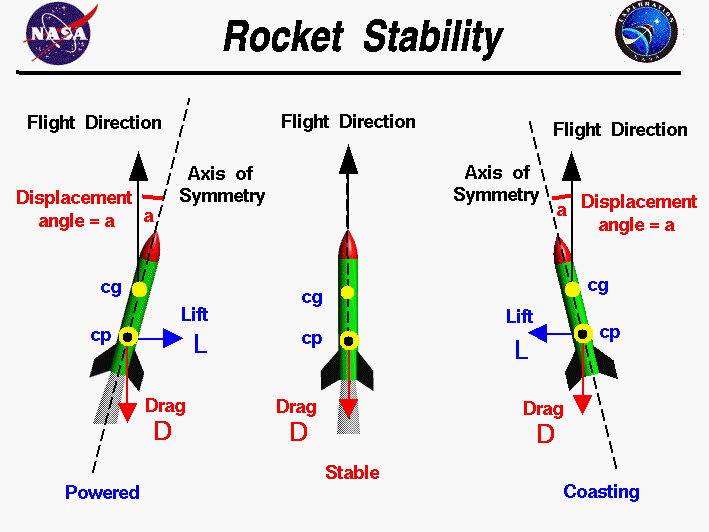

Click the Navball toggle at the bottom of the screen to make it visible again. Hit the space bar to discard it and to activate the second stage.

The fuel of the first stage will run out before 20km altitude. If craft nears the apoapsis too fast, which can be seen in a dropping time to apoapsis, it might be necessary to point “above” the prograde marker, away from the brown half. Follow it by keeping the level indicator within the circle of the prograde marker at all times especially while in the lower atmosphere, but at about 30km the reaction wheels should be able to compensate. On the Navball this can be observed as the Prograde marker dropping further down. While the rocket accelerates, gravity will bend the trajectory downwards. The heading ("HDG") on the Navball should now be 90 degrees. When the rocket's speed reaches 100 m/s, start a gravity turn by pressing the D key until the rocket is pitched 10 degrees towards the East. Use the Navball to keep the level indicator centered on the blue hemisphere. Launch by hitting the space bar and keep the rocket pointed straight up until the vehicle's speed is 100 m/s. Switch back to the normal viewmode by hitting M to enjoy the Launch spectacle.Tilt the view so that you're looking straight down Kerbin's North pole, which will give a clear view of the trajectory arc towards the East and the Apoapsis label. Steps to Orbit and Back Launch Preparation In order to make sure the staging sequence is correct, see our guide on Rocket Staging. The rocket should preferably be liquid fueled with at least two stages. TT18-A Launch Stability Enhancers optional.


 0 kommentar(er)
0 kommentar(er)
